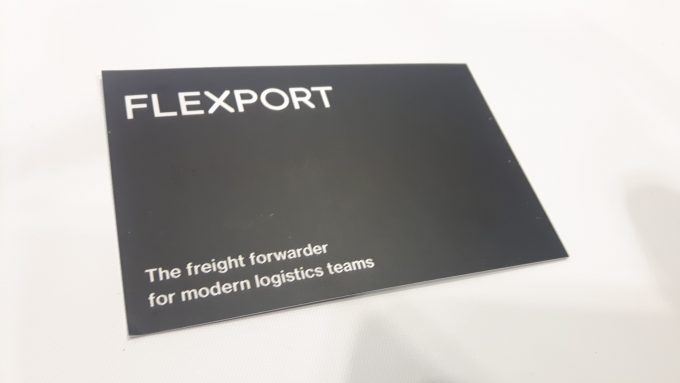Air forwarders face financial uncertainty – but 'there are opportunities'
Forwarders will be reducing their financial forecasts for the year, as “uncertainty has an adverse ...

“The outside world has become fixated on Flexport.”
So said Steve Walker, founder of SBS Worldwide and chief executive of forwarder supplier SWG, in a speech to Canadian Forwarder Association CIFFA this week.
“I have respect for what Flexport ise creating,” he continued. “Yet, when you pull away ...
Keep our news independent, by supporting The Loadstar
Red Sea crisis has driven most new capacity into extended Asia-Europe trades
Explosions and 'out-of-control' fire reported on Wan Hai box ship
Carrier price hikes hold, driving spot rates higher as space gets scarcer
Crew forced to abandon ship in latest fire on vessel carrying EVs
The Loadstar Podcast | Transport Logistic and Air Cargo Europe 2025
Four crew members still missing as Wan Hai 503 continues to burn
Asia-West Africa ULCV deployment opens new markets for carriers

Comment on this article
Andreas Kout
October 19, 2018 at 5:06 pmFlexport will surely feel the pain and the reduced volume availibility on the
Transpacific in 2019 and that´s there main market. Their model only works
for normal general simple cargo with reduced requirements. Thxs for the fact
that there is stil a lot of cargo out there ,which needs to be handled indivudally customized and dedication. This is surely not the cargo where a Flexport model works. Sooner or later they will feel the market power of the main players,
competitors, as what we know as Transpacific specialists which we are, they
are not competitive , in the top 20 on the Transpac and that only if the volumes they have distributed to the market is +-75.000 Teu´s what we honestly doubt too.
regards
A.Kout
Team Akclimited